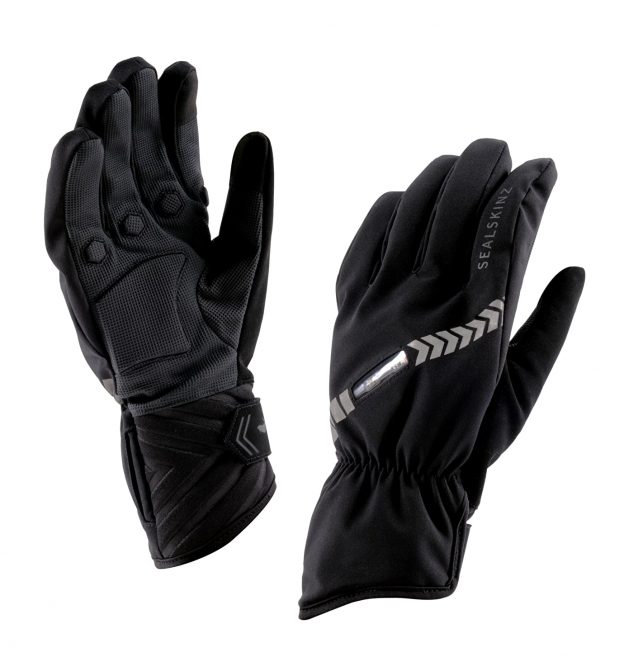Tag: bike gloves
-

What to wear for fall bike riding
Rather than putting a bike in storage early due to the fluctuation in weather, here’s the answer you’re looking for. To conquer this fall problem, wear layers. While this might seem obvious, the key lies in correctly layering appropriate clothing. If correctly done, it can optimize comfort for the rider. Not only that, but it…
-

Out of the box first impression of Sealskinz’ Halo Glove for winter rides
In a previous article, I talked at length about the Sealskinz’ new Super Light Pro Sock. While Sealskinz as a company began with socks, they have evolved their product line to include headwear and gloves. One of the products that piqued my interest was the Halo glove. It drew my attention because it is a…
-

Clean Biking Gloves and the Disgusting Things That Get on Them
Enjoying the fresh fall air as you ride, hope you have clean biking gloves? With Fall officially here, some people are thinking about storage preparation. While bike maintenance is an important thing to do before storage, one thing you need to do is to clean biking gloves periodically so they aren’t smelly and disgusting.

